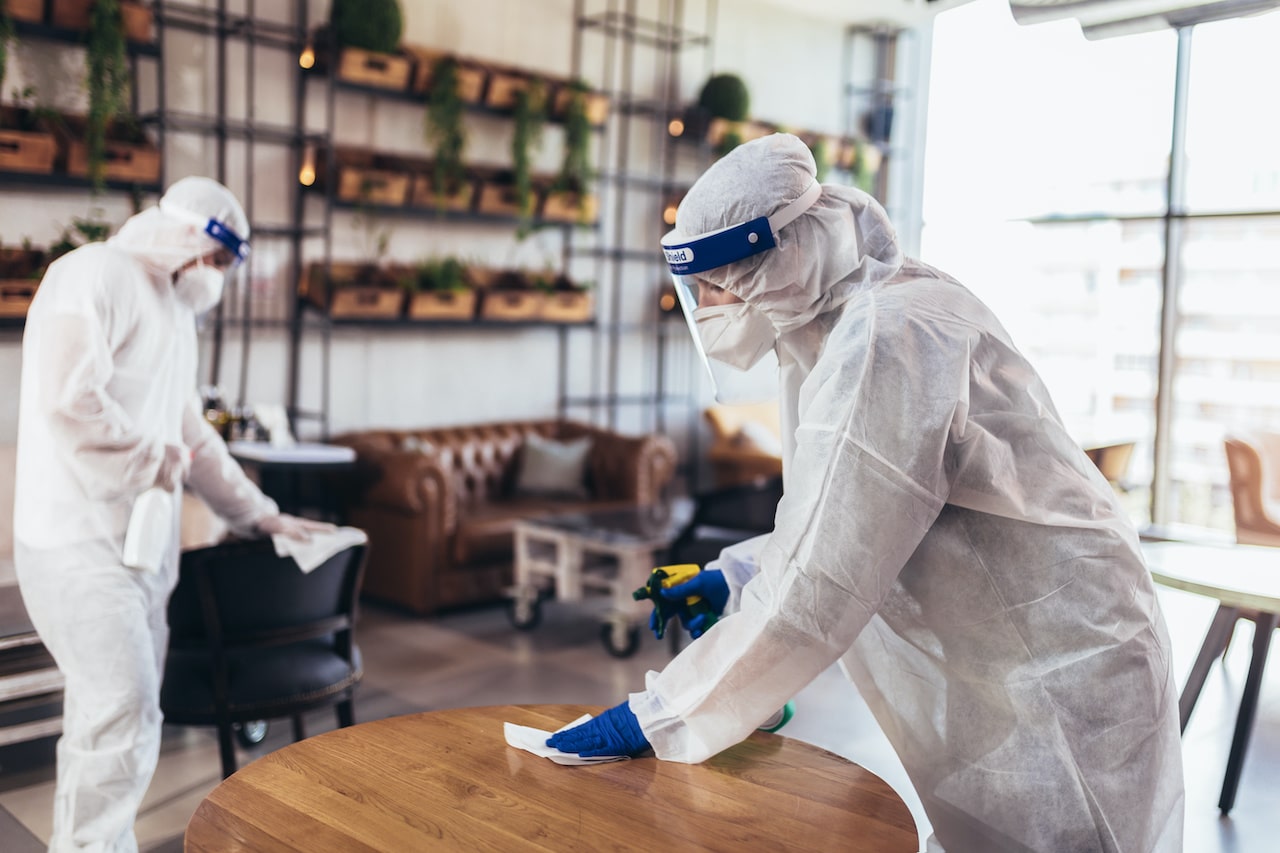It’s no secret that COVID-19 has had a dramatic impact on businesses across the world, and perhaps on no industry more than restaurants.
To keep their teams and customers safe, restaurants have had to adapt, some by offering new and creative takeout options, and unfortunately, others by temporarily closing their doors.
The true implication of this will only become clear as the dust settles and businesses return to (a new) normal. But in the meantime, restaurants are doing everything possible to avoid having to close their doors for good. Here are some of the ways restaurants are changing to adapt and survive to come out better on the other side.
1. Delivery & Going Digital
As of March 2020, more than 41.7% of US consumers said that they were likely to order food from a restaurant online if they found themselves confined at home thanks to COVID-19.
Delivery services like UberEats and GrubHub have surged in popularity as consumers order from home, but these third parties take a 15–30% cut of restaurants’ profits. To avoid losing this cut of cash, some restaurants are converting wait staff into delivery drivers or even phone operators to handle their own delivery and curbside takeout.
One thing is for sure: with restaurant dining rooms shut, web presence has never been more essential for restaurants. Consumers are searching for restaurants’ websites to find menus, delivery and takeout options, adjusted hours of operation, and more. Without digital representation, restaurants are finding themselves with fewer customers and fewer ways to communicate. Those who haven’t made a leap to digital yet are now doing so in order to keep customers ordering.
2. Stepping Up Sanitation
Restaurants have had to step up sanitation practices in response to COVID-19 and the public’s concern about its spread.
Employees are wearing masks and gloves, plastic shields are being put in place in front of registers and to block off drive-through windows, and transactions are being made with as little contact as possible.
Businesses are increasing interior sanitation as well to ensure employees’ protection. However, no matter how much work a business does to keep itself clean, customers aren’t going to be happy unless they can see the action being taken. As people get used to social distancing and being aware of the health risks around them, companies are going to have to think about how to appeal to the psychology of sanitation and show customers they’re serious about health and safety.
3. Investing in Marketing
With far fewer people on the streets, businesses like restaurants aren’t benefiting from the natural brand awareness that they usually get from people walking or driving past their storefront. This means that those who can afford to market their business online are putting more money into this area than ever before. It’s hard for many companies to do this when they are already losing money, but those who are able are relying more heavily on web presence to keep their business top of mind and bring new and returning customers back for more orders.
4. Evaluating Costs & Business Practices
Running a restaurant is undoubtedly an expensive investment. To stay afloat, many businesses are cutting costs by limiting menu items and, consequently, the supplies they’re purchasing, restricting business hours to only peak times, and keeping only the most efficient business practices.
Although many restaurant owners care deeply for their employees’ well-being and livelihoods, many are having to limit employee hours.
This belt-tightening will ease as the crisis passes, but restaurants will likely come out on the other side still with the most efficient business practices in mind, and perhaps with a few cost-cutting ideas that will stick around.
5. Reevaluating Insurance Policies
The insurance industry has been impacted more than many others in the wake of COVID-19, and many businesses were disappointed by the lack of support and coverage their insurance providers extended when it came down to crunch time.
Many people were surprised to find that their business didn’t have the coverage they needed to assist in the event of disrupted supply chains or other difficulties caused by the pandemic. Businesses have begun reevaluating their insurance policies to prepare for future crises, and they are now looking for insurance companies that are trustworthy, competitively priced, and offer truly individualized restaurant insurance packages that will protect them in the future.
6. Giving Back
Despite the current difficult situation, some restaurants are showing the best side of humanity by thinking of others and giving back, even though they’re also struggling.
Having to close a restaurant down or limit its operations means that excess food and other perishables in stock are going to be wasted. While they aren’t making money from it, a lot of popular restaurants in the US have been giving food away to the homeless, the vulnerable, and families struggling financially. Blue Hill in New York, Coquette in New Orleans, and HipCityVeg in Philadelphia are all great examples of restaurants giving back.
7. Getting Creative
The most successful businesses in history have always been those that are able to adapt and innovate with the times. While a restaurant may not be able to host their customers during a lockdown, they can still provide options like home delivery, cook-it-yourself kits, and even online cooking classes to show people how to make their delicious meals. The right idea can sometimes save a business that has been forced to close, and many companies are choosing to get creative to keep business going.
Restaurants, retail stores, and other public-facing businesses are some of the worst affected by the COVID-19 outbreak. But being forced to close doesn’t mean that a company has to go out of business, and there are a lot of options available for those willing to get creative to keep their venture alive. Some of these changes will last long after COVID-19 is a thing of the past, and there could be even more to look out for when you can go to your favorite restaurants again.




